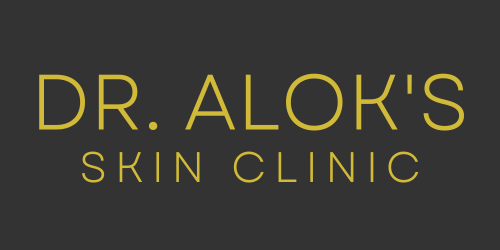
Vitiligo
What is Vitiligo and what causes it?
The skin gets its colour from a substance called Melanin. Vitiligo is a condition that develops when the melanin producing cells die or no longer produce melanin. This causes white patches or pigment-free patches of random shapes and patterns to appear on the skin’s surface. While vitiligo can affect anyone, it is more noticeable in people with darker skin. Vitiligo usually starts as small areas of pigment loss. These areas of white patches slowly grow and spread over time.
There are many theories on what causes vitiligo. The generally accepted theory is that vitiligo is a type of autoimmune disorder. An autoimmune disorder is when the body “attacks itself.” For vitiligo, it is believed that the body’s immune system sees the pigment cells in the skin as foreign or as something that endangers the body and therefore attacks them in an attempt to destroy the pigmented cells. This is thought to be a genetic condition. Currently, there is no cure available for those with vitiligo. Treatment is intended to slow the progression of pigment loss and, if desired, to restore pigment (tattoo) but you can reach out to vitiligo treatment in Bhubaneswar. Aside from being cosmetically debilitating, vitiligo can have serious affects on a person’s emotional and psychological health. People with this disorder can experience emotional stress, particularly if vitiligo develops on visible areas of the body, such as the face, hands, arms, and feet.
There are three types of vitiligo that may develop:
- 1. Generalized Vitiligo: This form of vitiligo is the most common type of vitiligo in which pigment loss is widespread throughout the body, often presenting in symmetrical patterns.
- 2. Segmental Vitiligo: is the second form of vitiligo. In segmental vitiligo, loss of skin color only occurs on one side of your body. This form of the condition tends to occur at a younger age and progresses for a year or two and then stops.
- 3. Focal Vitiligo: In this form of vitiligo, pigment is lost from a few isolated areas of the body.
How Vitiligo is treated?
While Vitiligo is difficult to treat, several therapies have been developed to help people with this condition. These therapies include but are not limited to topical drugs, immune-suppressants, phototherapy, lasers, and several surgical processes.
- Topical steroid therapy
- Corticosteroids (steroid creams) work to restore pigment in the skin. This form of treatment is the safest therapy for vitiligo but not necessarily the most effective. The best results occur when the cream is applied in the early stages of the disease. When using a corticosteroid topical ointment, one will have to apply the cream to the white patches on the skin for at least 3 months before recognizing results. Side effects from the use of such steroids may result in skin atrophy or shrinking, and the appearance of steaks and lines (striations) in the skin.
- Our doctors will advise you on where and how to apply the cream to minimize these side effects. Call our office today to make an appointment with one of our board certified specialists to help treat your condition.
- Topical ointments containing tacrolimus or pimecrolimus are effective for people with small areas of depigmentation, especially on the face and neck. These drugs are immunosuppressants. This treatment may have fewer side effects than corticosteroids and can be used in combination with ultraviolet B (UVB) treatments as we will discuss below.
- Narrowband ultraviolet B (UVB) therapy. Narrowband UVB, is a form of light that uses a specific wavelength of light. Narrowband UVB does not require psoralen to be applied before treatments.
- Phototherapy : Narrowband ultraviolet B (UVB) therapy is used for treating vitiligo among many other skin disorders. To reduce the appearance of vitiligo, you may receive treatment in our clinic up to three times per week. Light therapy is now considered the gold standard of treatment for vitiligo that covers more than 20% of the body. The best results with this process are achieved on the face, trunk and limbs.
- Tattooing (micropigmentation). Tattooing artificially pigments the skin and for vitiligo sufferers, tattooing has been the most effective treatment for sensitive areas around the lips and in people with dark skin.
